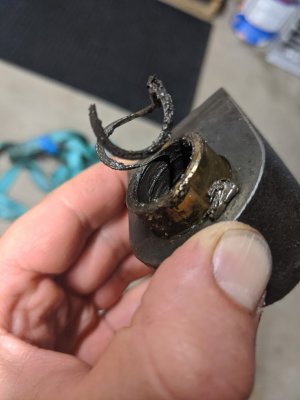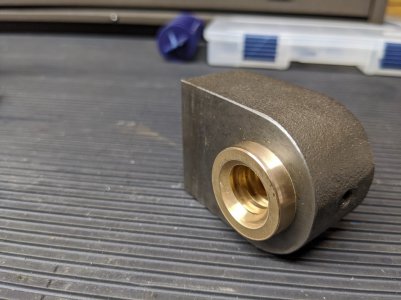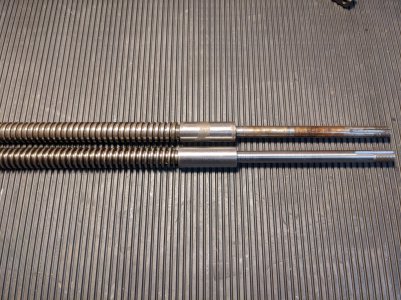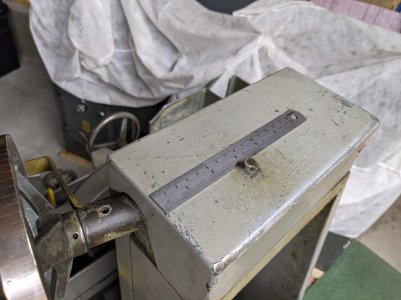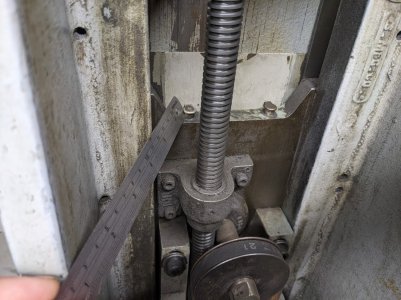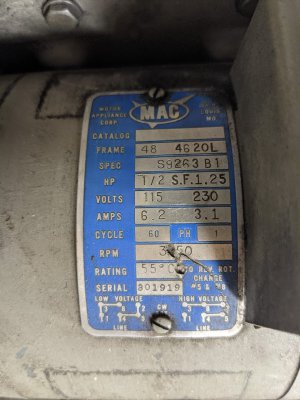- Joined
- Jun 10, 2019
- Messages
- 534
I picked up a Sanford MG just over a year ago. At the time I just had an immediate need to make some valve shims in custom thickness, so I gave it a quick clean up but that was about it. Now I have some real projects and I'm finding there's a bit of chatter. Lots of good info to start with so I won't bog down this thread until I get stuck.
Anyway, I wanted to post up a pic, serial number, etc... There have been a number of questions in this thread and I think most are answered, but please bump if there's anything I can help with. Mine does have a single oiler on the top of the column and a couple inside the column on the dovetails (as well as a bunch elsewhere).
Serial is 1611891M, so looks to be one of the newer ones in the H-M collection (1961, machine # 1891). It came with an Enco (Spain) chuck and a couple of Sopko wheel adapters. Also has the wrap around guard which is a bit harder to find.
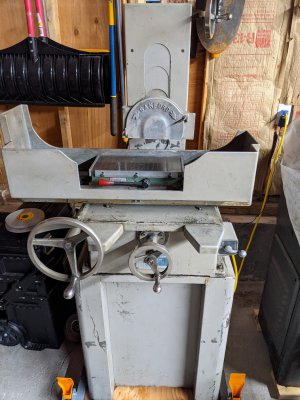
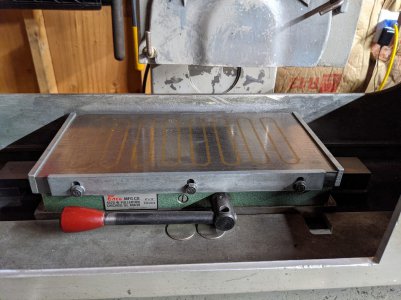
In case its helpful: the spindle seal on mine is a Garlock Klozure, 63 x 36 9 I believe this means a model 63; I couldn't find details on the rest of the part #.
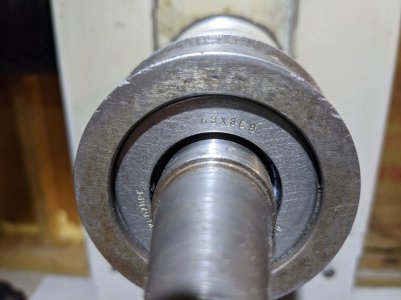
Picked up this Magnetool chuck recently - its fine pole so it has a bit better grip than the Enco.
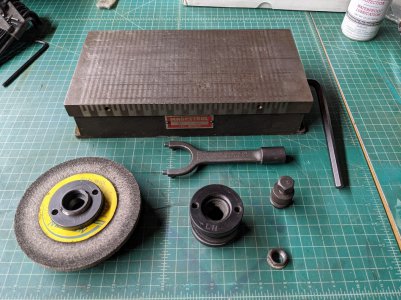
Very tough to get a picture of it, but if you look at the full size picture you can see the slight ripple (chatter) where the lighting transitions at ~4.5cm and 7.5cm on the scale. This is with a 32A46 Norton wheel; material is 4140 normalized.
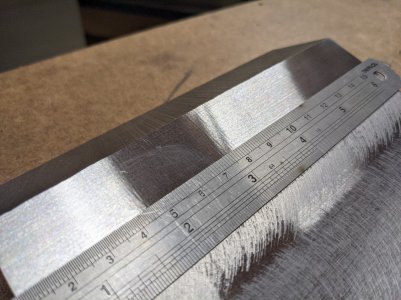
Anyway, I wanted to post up a pic, serial number, etc... There have been a number of questions in this thread and I think most are answered, but please bump if there's anything I can help with. Mine does have a single oiler on the top of the column and a couple inside the column on the dovetails (as well as a bunch elsewhere).
Serial is 1611891M, so looks to be one of the newer ones in the H-M collection (1961, machine # 1891). It came with an Enco (Spain) chuck and a couple of Sopko wheel adapters. Also has the wrap around guard which is a bit harder to find.


In case its helpful: the spindle seal on mine is a Garlock Klozure, 63 x 36 9 I believe this means a model 63; I couldn't find details on the rest of the part #.

Picked up this Magnetool chuck recently - its fine pole so it has a bit better grip than the Enco.

Very tough to get a picture of it, but if you look at the full size picture you can see the slight ripple (chatter) where the lighting transitions at ~4.5cm and 7.5cm on the scale. This is with a 32A46 Norton wheel; material is 4140 normalized.

Last edited:


 End of tangent.
End of tangent. 